Spruce
Recognizing spruce
Spruce can be recognized by:
- Its elongated cones: they hang down from the branches and do not disintegrate when mature. They drop off, whole, after scattering their seeds.
- Its needles: quadrangled needles with no white stripe on the inner side. They encircle the branch.
- Its branches: reddish-brown to orange, dotted with tiny woody pegs. The branches may be downward flowing or short and stiff like a brush.
- Its trunk: as it ages, the trunk cracks and forms large, irregular flaky plates.
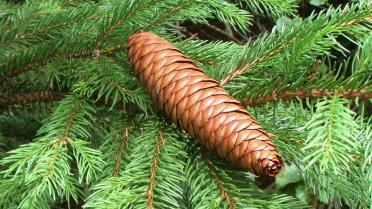
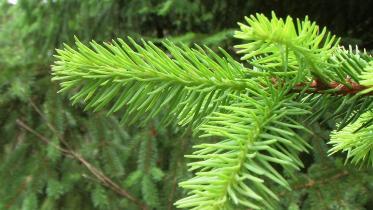
Sites favored by spruce
Temperatures
Withstands cold weather well and is not particularly sensitive to spring frosts. A humid climate, does not tolerate drought. Likes a lot of light.
Rainfall
On average, an annual 1,000Â mm of rainfall, with 300Â mm in summer. No dry soil on plains. Minimum 600Â m altitude and up to 1,200Â m or more, depending on region. Sitka spruce can be planted between 0-600Â m altitude.
Soils
Tolerates most soil types as very hardy. It will tolerate waterlogging, even at the surface, and the strong acidity of peat bogs, although stability can be a major problem. It dislikes limestone-rich soils, which it will tolerate up to 30 cm depth, and carbonate soils. It is most productive on deep, fresh, acidic soils (ph 4.5/5.5). Its needle litter decomposes very slowly to give very acidic humus which can damage porous acidic soils.
Root development
- Oblique root development, extensive side rooting.
- It can be uprooted by the wind and the weight of snow in compact soils.
Growth and production
- Production exceeding 10 m3 and up to 25 m3/hectare/year, depending on site.
- Slow or faster, varying with altitude and climate conditions
Plantation
| Plantation | Spacing | Disadvantages |
| Intensive, 650 plants/hectare | Plantation 4Â m x 4Â m | Artificial pruning required or the timber will have knots |
| Intermediate, 1,100-1,250 plants/hectare | Plantation 2Â m x 4Â m | |
| Traditional, 2,500 plants/hectare | Plantation 2Â m x 2Â m | Early thinning required so more difficult to market. |
Final density of around 250-350 stems per hectare
Wood
- Sapwood: indistinct
- Heartwood: very pale yellowish-white, faint veining in the late wood
- Grain: very straight
- Texture: fine and regular, dependent on speed of growth
- Main uses: Interior joinery, roof frames, plywood, telecommunications, moldings, wood paneling
- Trade name: Norway spruce.

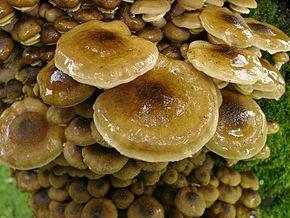
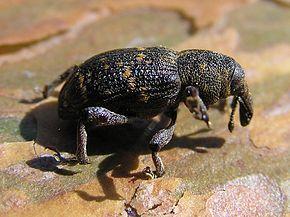
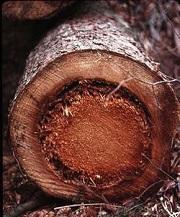
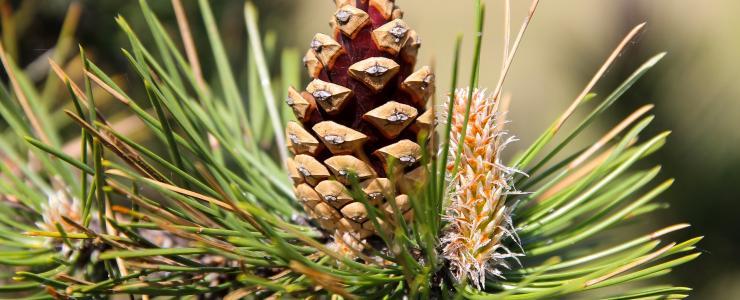
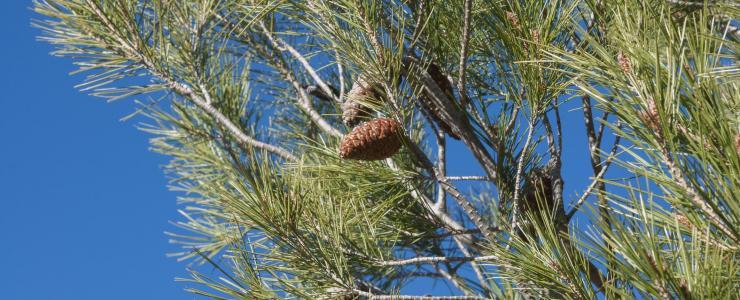
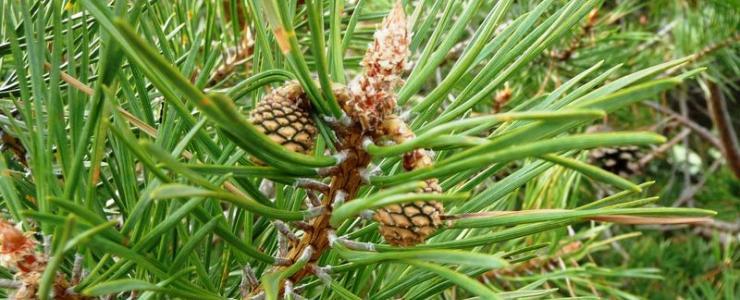
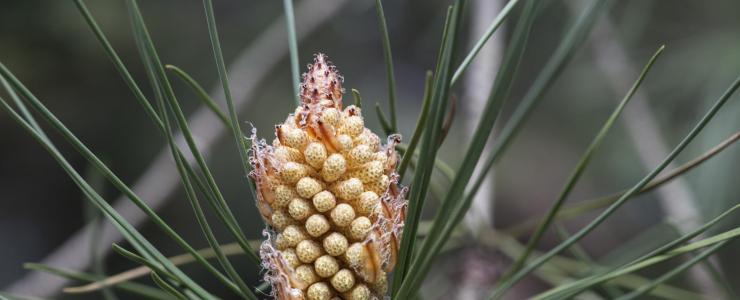
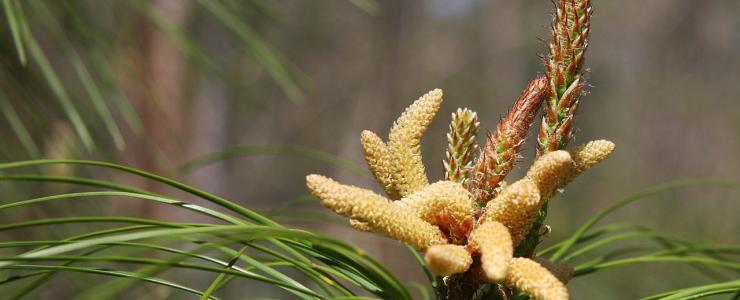
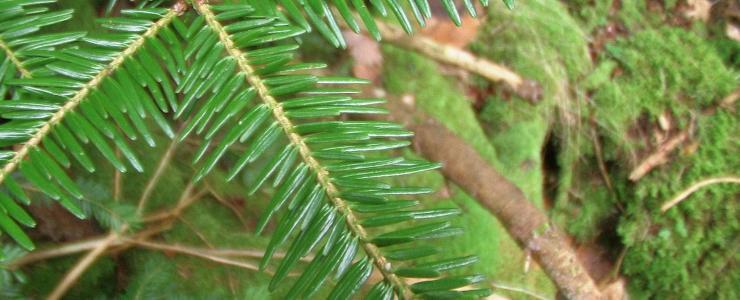
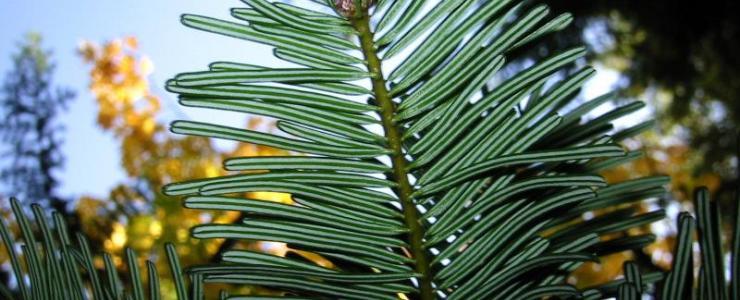
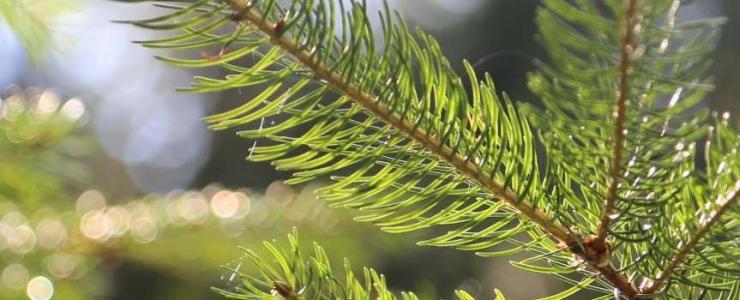
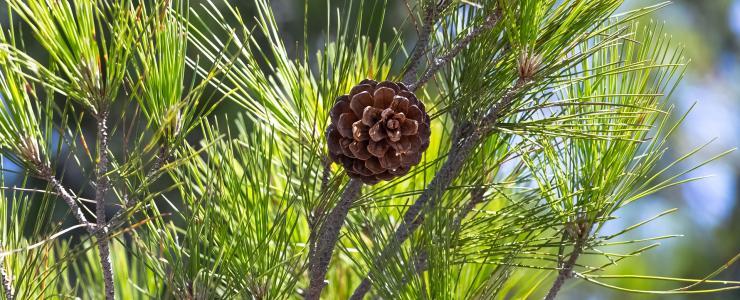
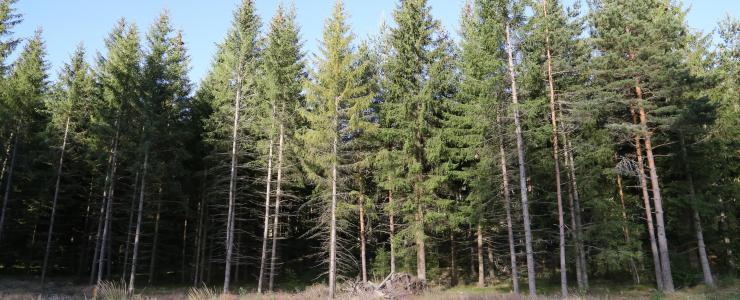
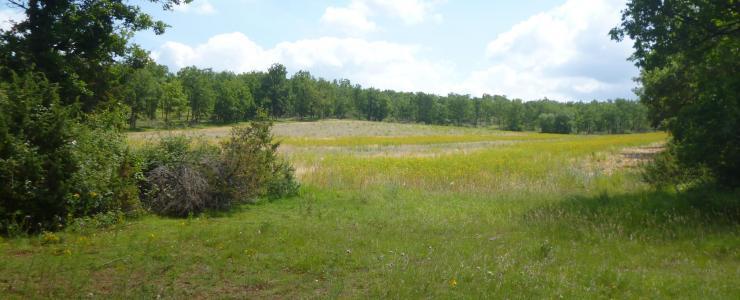
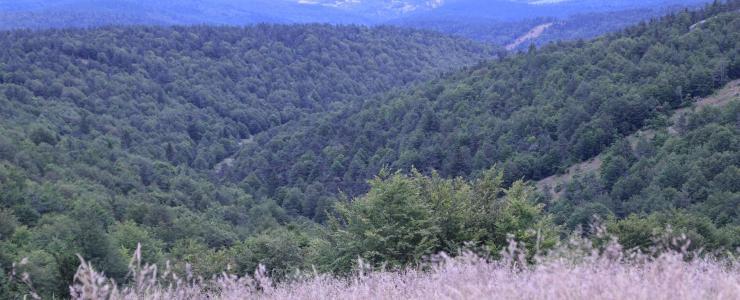
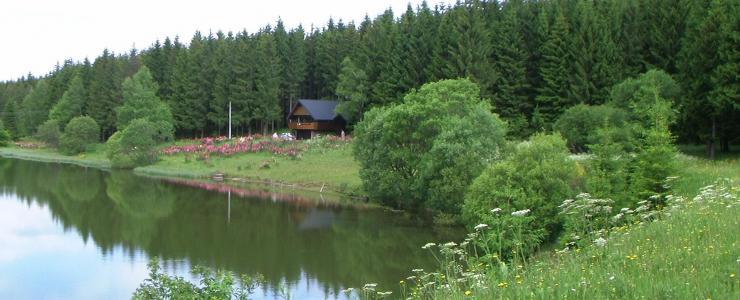
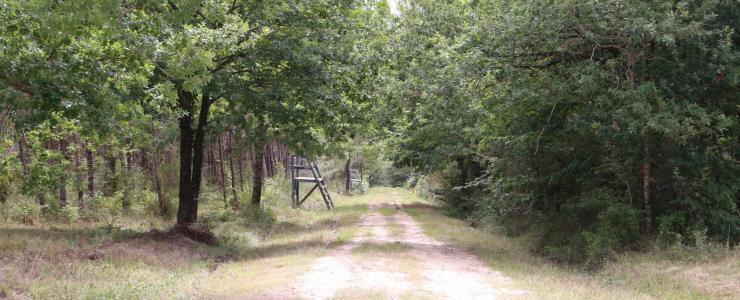
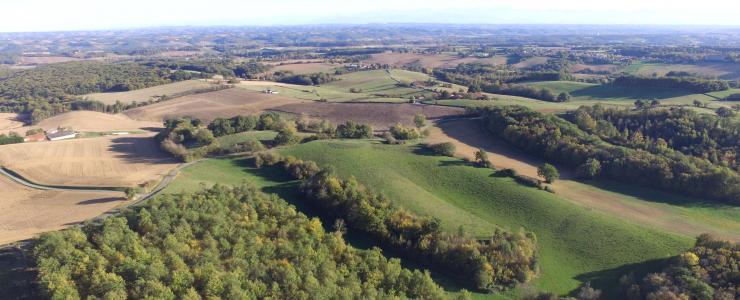
Economic view
The spruce was long used for reforestation in France, especially after the war. It was, however, planted too systematically in many cases and unfortunately not always at suitable sites, even though that it can withstand a wide range of soil conditions.
The outcome is that the spruce forests are not always of high quality because planted at too low an altitude or in too warm areas. The spruce has thus suffered and health issues have arisen.
When planted in ideal conditions, it is remarkable with excellent mechanical properties. It thus attains good values at sales (depending on quality) run by forestry specialists.
In some parts of France, spruce forests were traditionally managed in uneven-aged stands, grown with beech or birch. Elsewhere it was grown in even-aged stands.
Spruce is a species with good growth. It is an essential on the wood market because of its many uses, in many sectors.
Forêt Investissement can advise you and provide guidance for the purchase of a spruce forest.